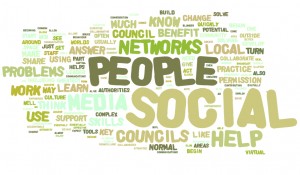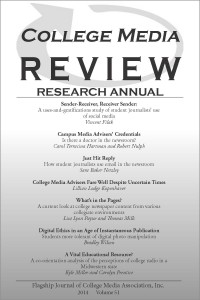Guided questions focus on orderly process
(Editor’s note: A few years ago they were running college newsrooms. As they begin their careers, college media alums now in the profession reflect on their collegiate experiences in this periodic series.)
By Shasta Langenbacher
Special to College Media Review
Every group of students wants to put its own mark on the campus paper. For my tenure as a student managing editor, our team’s mark was updating the paper completely.

With recent technological advances, students have turned to making a splash on Twitter or getting a story to go viral. But without a graphically appealing paper, it’s even less likely anyone will pick up a paper and stay in tune if it’s nothing but a gray mass splattered on a broadsheet, disconnected from any references to the digital world. Keeping your printed copy visually up to date is vital for securing advertising, as it lets companies know you’re serious about your commitment to all forms of journalism, not just reacting to the next trend in your content and design.
With Internet encroaching on printed pieces of newspaper journalism, it’s more important than ever to incorporate interesting tidbits to accompany a story, whether it’s a teaser to a YouTube page, or to add a tagline to advertise a reporter’s Twitter feed to answer questions on a story. Readers are multi-platform today, and if a student reporter does not learn to design for this now, they will be doomed in the industry. Continue reading “Redesign one way to leave mark on media”









